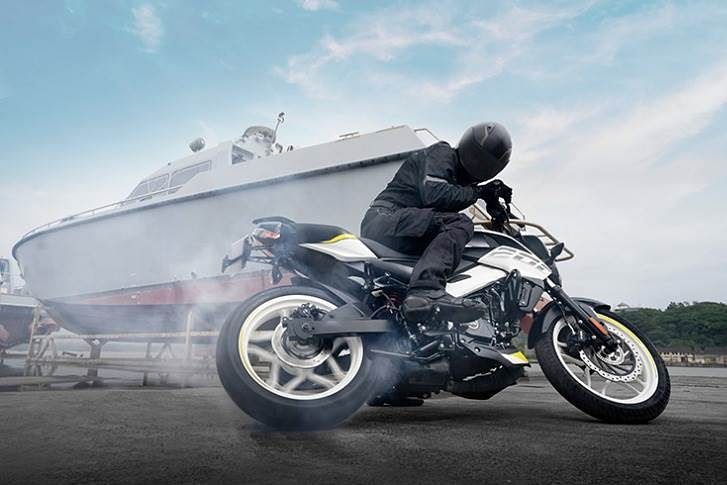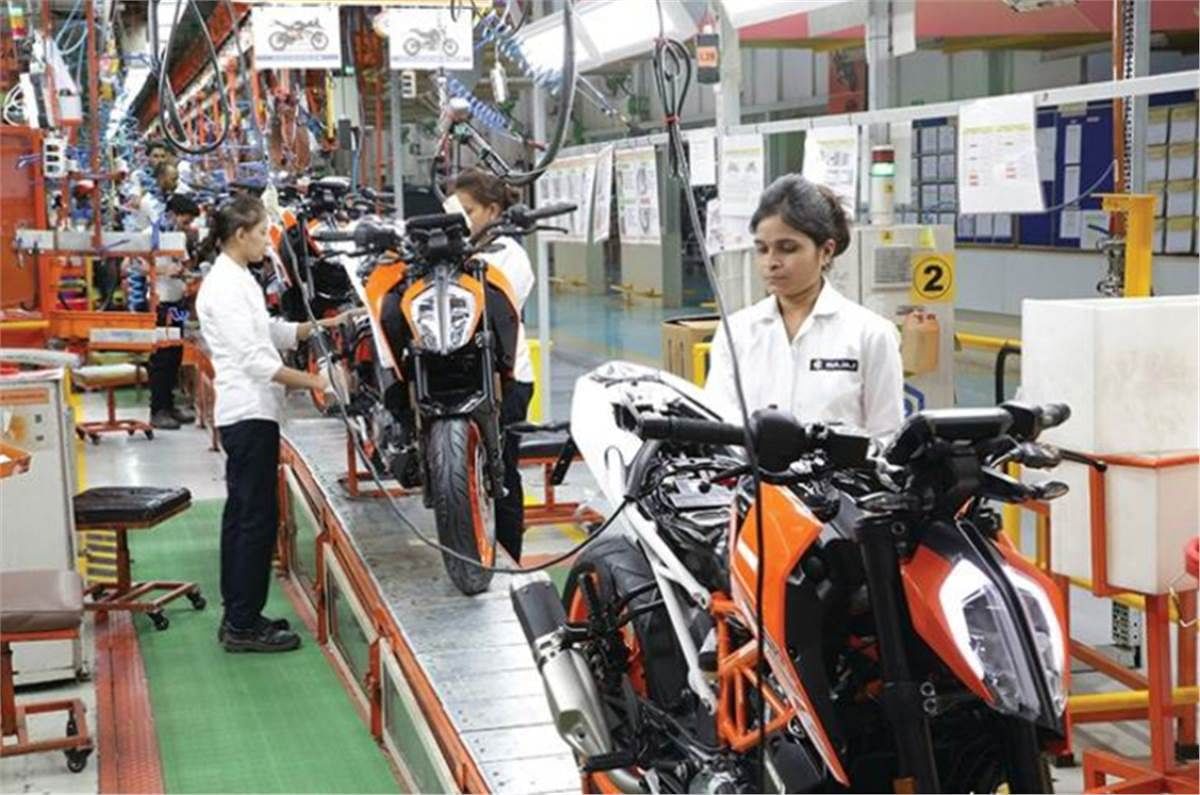Bajaj Auto’s Rakesh Sharma: ‘Need to maintain a fine balance between tech and cost.’
Executive director of Bajaj Auto and IMMA president says an overload of mandated technology increases vehicle cost, which in turn deters customers.
It is a well-known fact that Indian roads have a deadly reputation when it comes to staying safe. The country accounts for 11 percent of the 1.35 million fatalities caused by road crashes every year. In 2019, 449,002 accidents took place in India, leading to 151,113 fatalities and leaving 451,361 injured. And two-wheelers, the most affordable form of mobility, account for 35 percent of the deaths on National Highways.
With the Global Road Safety Week underway from May 17, Autocar Professional hosted its Safer Mobility Conclave for the seventh straight year. The annual meeting of expert mind, on the overall theme of ‘Accelerating Towards Safer Mobility’, delivered plenty of insight and new information designed to making mobility and roads safer and a happier experience in India.
Rakesh Sharma, Executive Director of Bajaj Auto and president of the Geneva-based International Motorcycle Manufacturers Association (IMMA), was part of the first panel discussion on the topic of ‘Pushing the Safety Envelope – How to make Mobility Safer?’. The session was moderated by Sumantra B Barooah, executive editor, Autocar Professional. The other panelists were:
- C V Raman, Executive Director(Engineering), Maruti Suzuki India
- Prashanth Doreswamy, Country Head, Continental Group (India)
- Dr. Seshu Bhargavathula, Director – Voltas Trucks
- G Parthipan, CEO, Rane-TRW
Sharma believes that when it two-wheelers involved in road accidents, the numbers are overwhelmingly high. But mostly, he said it’s a phenomenon right across the world. “The two-wheeler rider is the victim. There are enough studies done that tell us that a two-wheeler rider is 20 times more likely than a vehicle occupant to lose his life. For two-wheeler manufacturers, it is an existential issue, because there is a set of customers who don’t buy two-wheelers because of safety concerns.”
He pointed out that two-wheeler OEMs in some parts of the world are reaching out to the parents of the two-wheeler rider and ensuring that the user is trained properly.
According to Sharma, a key point that needs to be taken into account for improving road safety is “early inclusion of two-wheelers (manufacturers and planning) in public policy. The agenda tends to get sacked by the bigger vehicle segments (four-wheels and commercial vehicles). The voice of two-wheelers needs to be brought in early stage in policies. This will contribute towards the right kind of road geometry, shoulder and border, which a two-wheeler rider has to face much more. If you look at accidents from different perspective, because of the riders are unable to perceive the threat.”

Perceive and react
The Bajaj Auto veteran said that there are two ways to look at the topic of road safety – perceive and react. “If one looks at the fatalities among both two- and four-wheelers, it is about not being able to perceive the threat, while reaction is also there. It comes from how the environment and training is shaped. Most of the time, it is an afterthought. The chaos that we have on our Indian roads also contributes towards that.”
According to Sharma, many a times people do not perceive the threat as seriously as they need to, particularly when over-speeding, lane cutting and jumping traffic lights.

Balancing technology and affordability
Technology is a great weapon to save motorists’ lives and OEMs and suppliers are constantly engaged in innovating to reduce cost of safety tech in two-wheelers. This is more so in developing countries like India where buyers prefer to buy a lower-priced vehicle than a safer vehicle which has a higher price-tag.
Sharma said, “It is a very obviously quest – to offer better features and technology at a reduced cost to improve a vehicle. But when you load a simple vehicle with technology, we have to be conscious of the adoption. It can become a moral debate but loading the vehicle with more technology, which then deters customers because of cost, it loses the purpose.”
He cited the example of how despite there being no regulation for ABS for under 150cc two-wheelers, Bajaj Auto was the earliest in India to offer ABS in 100cc bikes. “But we have left it to the customer. If you simply take regulations from the developed countries, it will end up hurting sales of such products. Nowhere in the world are 150cc bikes are mandated to have ABS but in India it is mandatory, which has also affected sales. We have to maintain a fine balance between the technology and the cost.”
According to Sharma, in addition to the braking system, lighting systems also allow early detection of a two-wheeler. He is of the opinion that a “cost-benefit must be done to ensure that more people are using safer vehicles, instead of deterring them from making the purchase. The delta cost has to be kept tantalising and within reach of the consumers. Otherwise, it will not reach across society.”
No silver bullet to reduce road crash fatalities
What can be done to reduce the large number of road fatalities in India? Sharma said, “There is no silver bullet around this, given the huge scope of penetration of two- and four-wheelers.” Given the size of the country and low vehicle penetration, two- and four-wheeler sales will keep increasing. While newer technologies will help reduce the percentage of fatalities, in terms of absolute numbers they will remain around the same level.
“There are a lot of holistic solutions that integrate the environment, vehicle and the rider. What is required is life-long training, not just training for getting a license. There should be zero tolerance towards drink-and-drive. Studies have shown a large number of accidents are caused by people who do not have a driver/rider license. We will do our role but many other stakeholders also have to do their bit and, most importantly, the key responsibility also lies with the user,” concluded Sharma.
RELATED ARTICLES
JSW MG Motor India confident of selling 1,000 M9 electric MPVs in first year
The 5.2-metre-long, seven-seater luxury electric MPV, which will be locally assembled at the Halol plant in Gujarat, wil...
Modern Automotives targets 25% CAGR in forged components by FY2031, diversifies into e-3Ws
The Tier-1 component supplier of forged components such as connecting rods, crankshafts, tie-rods, and fork bridges to l...
VinFast’s second plant in Vietnam goes on stream ahead of India factory
Vietnamese EV maker’s second plant in its home market, which has a 200,000 EVs-per-annum capacity, will focus on produci...





 20 May 2021
20 May 2021
 6897 Views
6897 Views












 Autocar Professional Bureau
Autocar Professional Bureau




